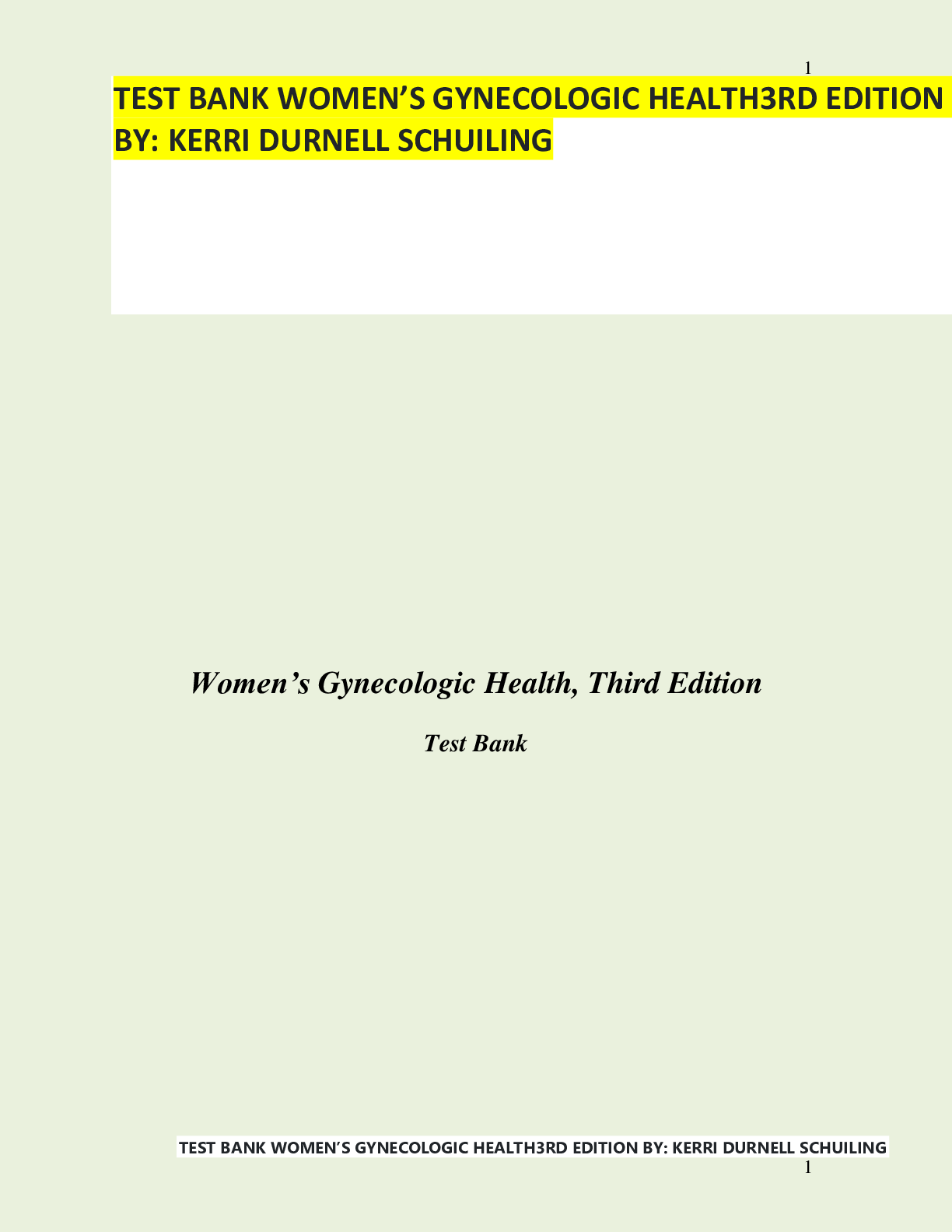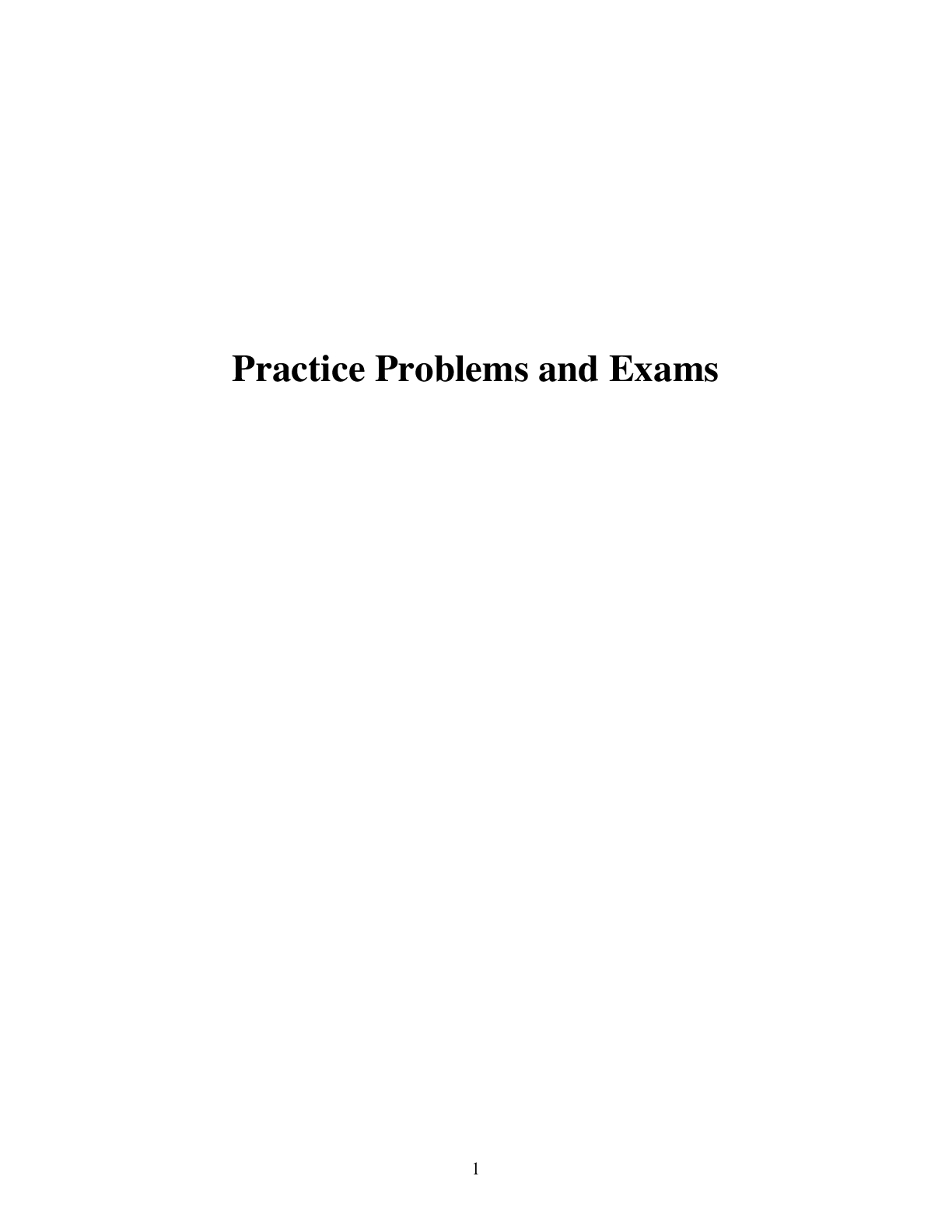Financial Accounting > TEST BANK > Test Bank for Intermediate Accounting: IFRS Edition, 2e CHAPTER 13 CURRENT LIABILITIES, PROVISIONS, (All)
Test Bank for Intermediate Accounting: IFRS Edition, 2e CHAPTER 13 CURRENT LIABILITIES, PROVISIONS, AND CONTINGENCIES
Document Content and Description Below
CHAPTER 13 CURRENT LIABILITIES, PROVISIONS, AND CONTINGENCIES CHAPTER LEARNING OBJECTIVES 1. Describe the nature, type, and valuation of current liabilities. 2. Explain the classification issues ... of short-term debt expected to be refinanced. 3. Identify types of employee-related liabilities. 4. Explain the accounting for different types of provisions. 5. Identify the criteria used to account for and disclose contingent liabilities and assets. 6. Indicate how to present and analyze liability-related information.Test Bank for Intermediate Accounting: IFRS Edition, 2e TRUE-FALSE—Conceptual 1. A zero-interest-bearing note payable that is issued at a discount will not result in any interest expense being recognized. 2. Dividends in arrears on cumulative preference shares should be reported as a current liability. 3. Magazine subscriptions and airline ticket sales both result in unearned revenues. 4. All long-term debt maturing within the next year must be classified as a current liability on the statement of financial position. 5. A short-term obligation can be excluded from current liabilities if the company intends to refinance it on a long-term basis. 6. Many companies do not segregate the sales tax collected and the amount of the sale at the time of the sale. 7. Short-term debt obligations are classified as current liabilities unless an agreement to refinance is completed before the financial statements are issued. 8. A company can exclude a short-term obligation from current liabilities if it intends to refinance the obligation and has an unconditional right to defer settlement of the obligation for at least 12 months following the due date. 9. Preference dividends in arrears are not a liability until declared by the Board of Directors, but should be disclosed in the notes to the financial statements. 10. A company must accrue a liability for sick pay that accumulates but does not vest. 11. Companies report the amount of social security taxes withheld from employees as well as the companies’ matching portion as current liabilities until they are remitted. 12. Accumulated rights exist when an employer has an obligation to make payment to an employee even after terminating his employment. 13. Companies should recognize the expense and related liability for compensated absences in the year earned by employees. 14. The expected profit from a sales type warranty that covers several years should all be recognized in the period the warranty is sold. 15. The cause for litigation must have occurred on or before the date of the financial statements to report a liability in the financial statements. 16. Under an assurance-type warranty, companies charge warranty costs only to the period in which they comply with the warranty. 17. For purposes of recognizing a provision, “probable” is defined as more likely than not. 13 - 2Current Liabilities, Provisions, and Contingencies 18. A provision differs from other liabilities in that there is greater uncertainty about the timing and amount of settlement. 19. Constructive obligations, in which the company has created a valid expectation on the part of other parties that it will discharge certain responsibilities, are disclosed in the notes to the financial statements but not recorded. 20. Provisions are only recorded if it is possible that the company will have to settle an obligation at some point in the future. 21. An onerous contract is one in which the unavoidable costs of satisfying the obligations outweigh the economic benefits to be received. 22. Expected future operating losses can generally be accrued as part of a restructuring provision. 23. IFRS allows for reduced disclosure of contingent liabilities if the disclosure could increase the company’s chance of losing a lawsuit. 24. Contingent liabilities are not reported in the financial statements but may be disclosed in the notes to the financial statements if the likelihood of an unfavorable outcome is possible. 25. Contingent assets are not reported in the statement of financial position. 26. IFRS uses the term “contingent” for assets and liabilities not recognized in the financial statements. 27. Contingent assets are disclosed when an inflow [Show More]
Last updated: 1 year ago
Preview 1 out of 43 pages
Instant download
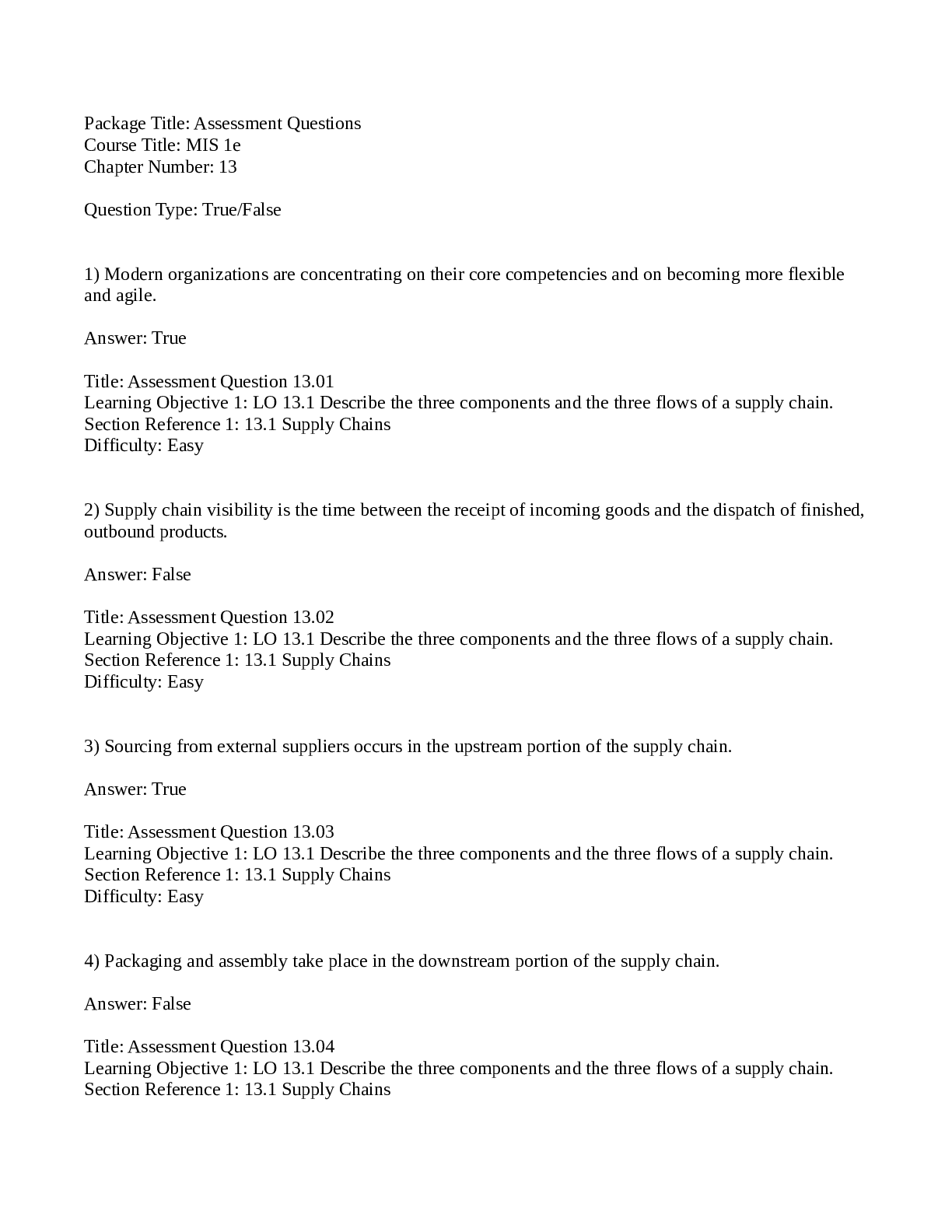
Buy this document to get the full access instantly
Instant Download Access after purchase
Add to cartInstant download
Reviews( 0 )
Document information
Connected school, study & course
About the document
Uploaded On
May 30, 2021
Number of pages
43
Written in
Additional information
This document has been written for:
Uploaded
May 30, 2021
Downloads
0
Views
28

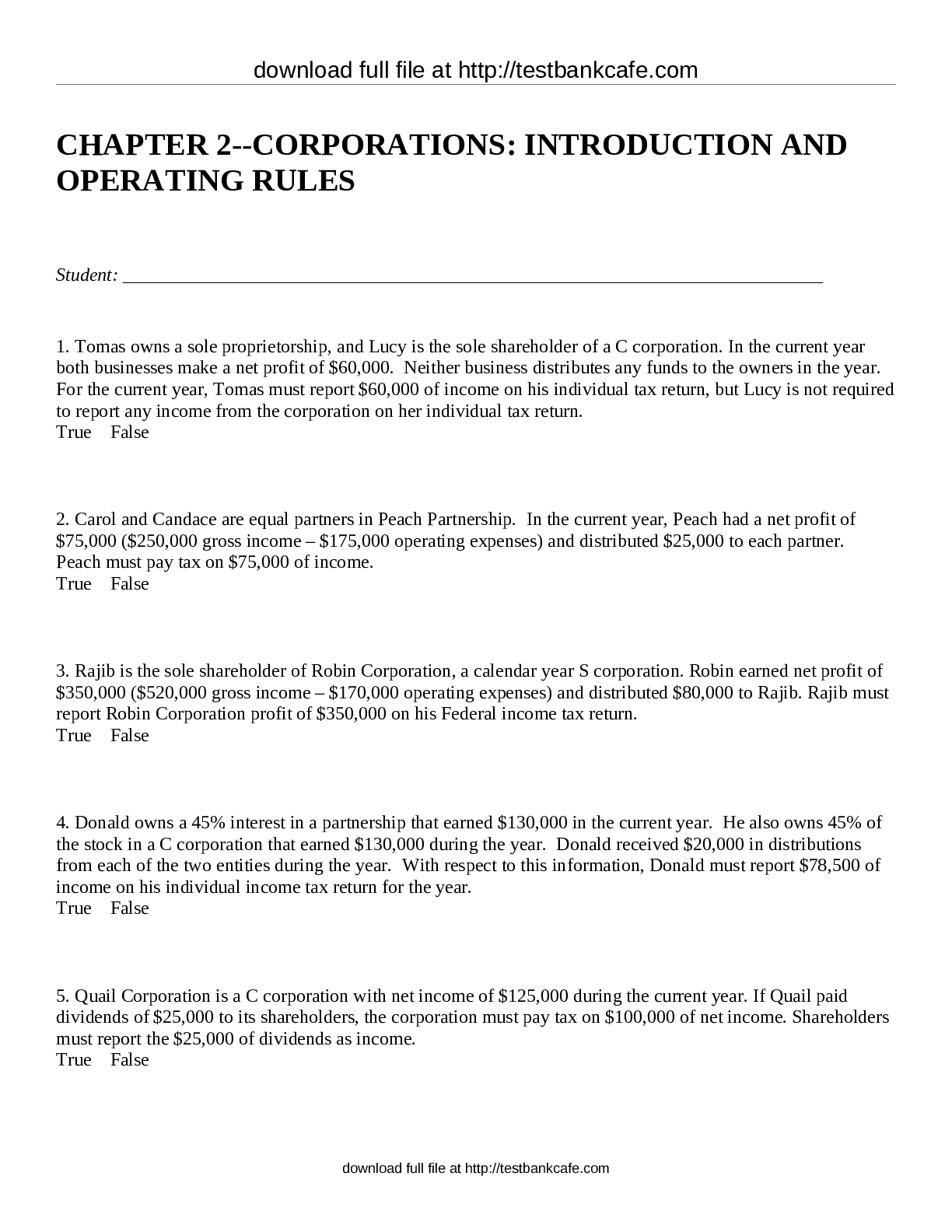
.png)

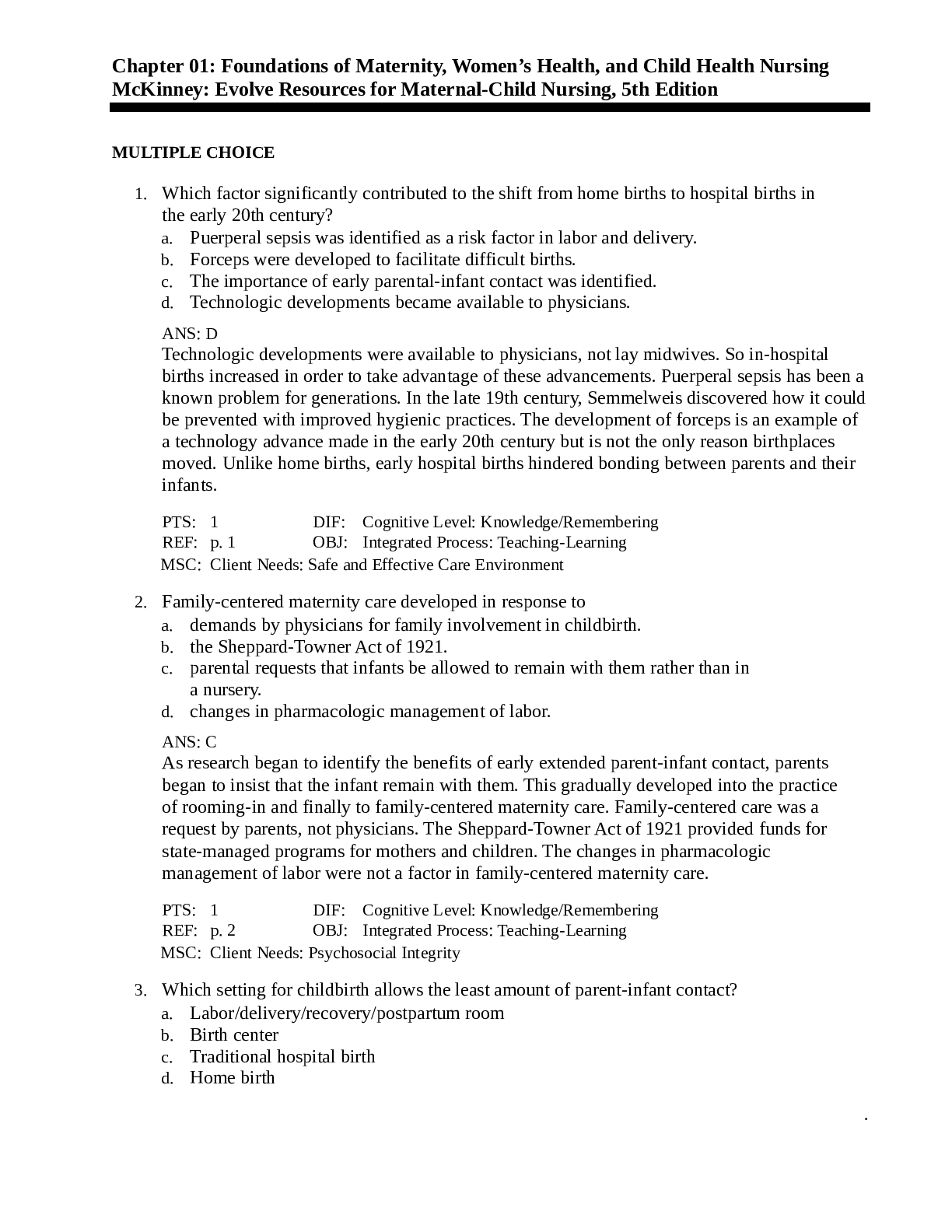
.png)
.png)

